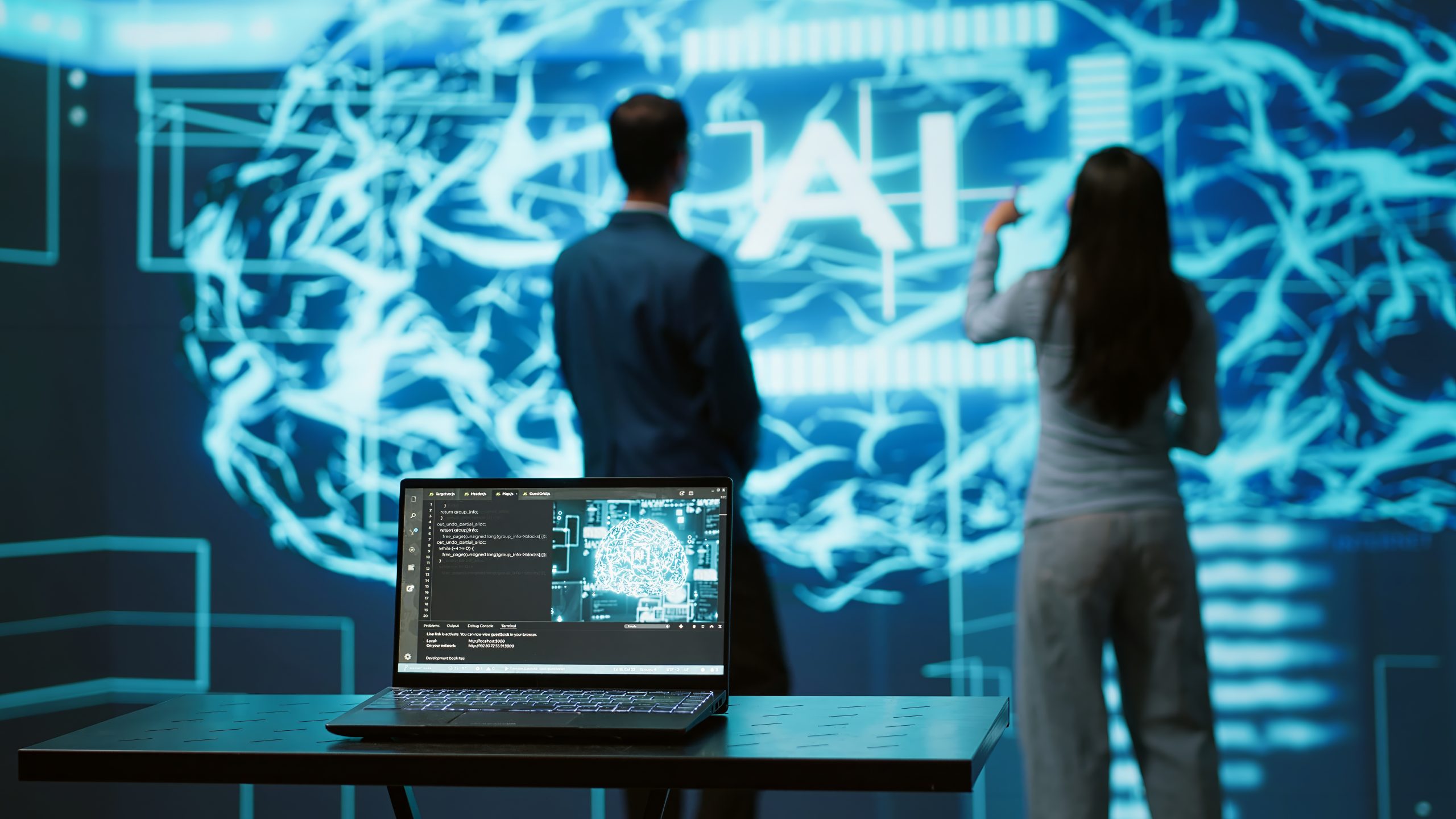
- By qematicadmin
The modern manufacturing floor is no longer the assembly line of the past — it is a dynamic ecosystem, increasingly defined by smart systems, real-time data, and intelligent automation. At the heart of this transformation lies the resurgence of a long-trusted tool: time and motion studies. But this is not your grandfather’s stopwatch. Today, the concept has evolved into a powerful AI-powered diagnostic engine driving precision, efficiency, and agility across manufacturing operations.
The Shift from Manual to Intelligent Observation
Traditional time and motion studies relied on manual observations, stopwatches, clipboards, and a keen eye for inefficiencies. While this method uncovered many productivity bottlenecks, it was prone to human error, lacked consistency, and offered limited scalability.
Enter Time & Motion Studies 2.0 — an advanced, automated approach that leverages artificial intelligence (AI), machine vision, and the Internet of Things (IoT) to deliver real-time, granular insights into human and machine activities on the shop floor. High-resolution cameras and embedded sensors continuously track movement patterns, cycle times, idle durations, and ergonomic strain points without interrupting operations.
This leap from analog to intelligent observation transforms the way manufacturing leaders identify inefficiencies, streamline operations, and deploy resources.
Real-Time Insights That Drive Real-World Change
With AI-powered diagnostics, manufacturers can access an uninterrupted stream of performance data. Here’s how it translates into real-world impact:
- Process Bottleneck Detection: By mapping every second of a task cycle, manufacturers can pinpoint where value-adding activity ends and delays begin.
- Ergonomics and Safety Optimization: Repetitive or strain-inducing motions are flagged, enabling better task design and reducing the risk of workplace injuries.
- Workload Balancing: Insights into task durations help rebalance workloads across shifts, lines, or teams.
- Shift Performance Analysis: Comparing shift-wise data reveals systemic inefficiencies or training gaps that affect throughput.
This isn’t just data collection — it’s actionable intelligence.
Robotics: A Natural Ally of Motion Studies
Time and motion data doesn’t just inform human workflows — it also enables seamless integration of robotics. When you know exactly how a task is performed, it becomes easier to automate it.
Robots excel in environments that require consistency, speed, and accuracy. Time and motion studies help manufacturers:
- Identify high-repetition, low-variation tasks that are ripe for automation.
- Calibrate robot speed and positioning to match optimal human workflows.
- Deploy collaborative robots (cobots) that work safely alongside human operators, handling strenuous or monotonous steps.
This hybrid human-machine model leads to faster operations, better job satisfaction, and more resilient production systems.
The Role of Predictive Analytics in Maintenance
Another area supercharged by motion studies and automation is predictive maintenance. IoT sensors embedded in machinery track usage, load, temperature, and vibrations — all indicators of wear and tear.
When combined with motion data, manufacturers can predict when equipment is likely to fail and perform maintenance proactively. This prevents unplanned downtime and reduces the total cost of ownership (TCO) of expensive assets.
For example, if motion data reveals a gradual slowdown in conveyor belt speed during peak shifts, maintenance teams can intervene before breakdowns occur.
Real Case Impact: Paint Manufacturing Efficiency
Consider a paint manufacturing plant — a sector known for its complex batching, mixing, and packaging operations. Traditionally, each process was monitored manually, and quality checks were reactive.
Today, time and motion studies powered by AI cameras highlight inefficiencies in mixing durations, bottlenecks in packaging, and frequent halts in raw material replenishment. Robots assist with heavy lifting and sealing, while sensors track batch timing and viscosity in real time.
The result? A 30% reduction in production downtime, a 15% improvement in throughput, and more consistent batch quality — all without compromising safety or worker welfare.
Overcoming Resistance to Change
Like any technological evolution, embracing AI-driven motion studies and robotics requires change management. Employees may fear job loss or surveillance. Leaders must reframe automation as an enabler, not a replacement.
The key lies in:
- Transparent communication about how data is used.
- Upskilling programs to help workers transition to supervisory or technical roles.
- Incremental rollouts that demonstrate value early and build confidence across teams.
In most successful implementations, productivity gains translate into expanded operations — not layoffs.
The Future of Manufacturing Efficiency
Looking ahead, the convergence of AI, IoT, robotics, and advanced analytics will create self-optimizing factories. These systems will not only detect inefficiencies but also correct them autonomously.
Digital twins — virtual replicas of physical operations — will simulate changes before implementation. Combined with real-time motion data, this will drive continuous improvement cycles without disrupting the live environment.
Moreover, the integration of machine learning will allow motion systems to learn over time, adapting to evolving workflows, seasonal demand, and even individual operator styles.
Conclusion: A Smarter Way to Manufacture
Time and motion studies have come a long way — from clipboards to cognitive diagnostics. In a world where every second counts, manufacturers can no longer afford to operate on assumptions. Data, precision, and automation are the new building blocks of efficiency.
By combining the principles of time and motion studies with modern technology, factories become more than productive spaces — they become intelligent ecosystems that evolve with demand, scale effortlessly, and thrive on innovation.
Welcome to the future of manufacturing. Where motion isn’t just tracked — it’s optimized.

